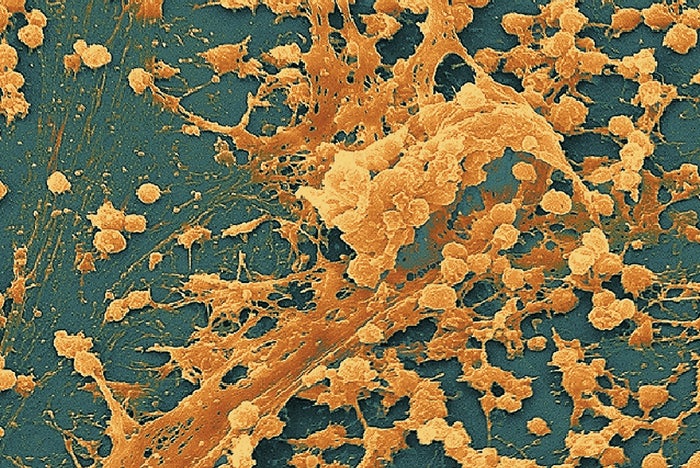Using UV disinfection for biofilm
With the widespread introduction of ultraviolet (UV) disinfecting robots and other generators in health care and the acknowledgment that UV is effective in destroying bacteria, there may be a tendency to rely solely on the intervention of UV in eradicating biofilm.
However, eradication of biofilm must incorporate a multimodal approach. Therefore, UV-C must be part of a process that includes the physical removal of biofilm.
A study released in the Journal of Applied Microbiology, December 2010, stated that: “The study demonstrated that pulsed UVA‐LED irradiation has a strong germicidal effect (maximum at 100 Hz, over 5‐minute irradiation) and causes the disappearance of hyphal forms of Candida.” The significance and impact of the study arrived at this statement: “This study can assist in developing a low‐frequency pulsed UVA‐LED system to be applied to pathogenic biofilms for disinfection.” The study included only two biofilms, but it can be postulated that additional biofilms will respond similarly.
The introduction of UV in the effort to eliminate the potential for biofilm production in air handlers, water systems and other prone environmental systems has been effective in preventing biofilm production. In the case of air handlers, various forms of UV are being studied and found to be effective in eliminating biofilm growth.


